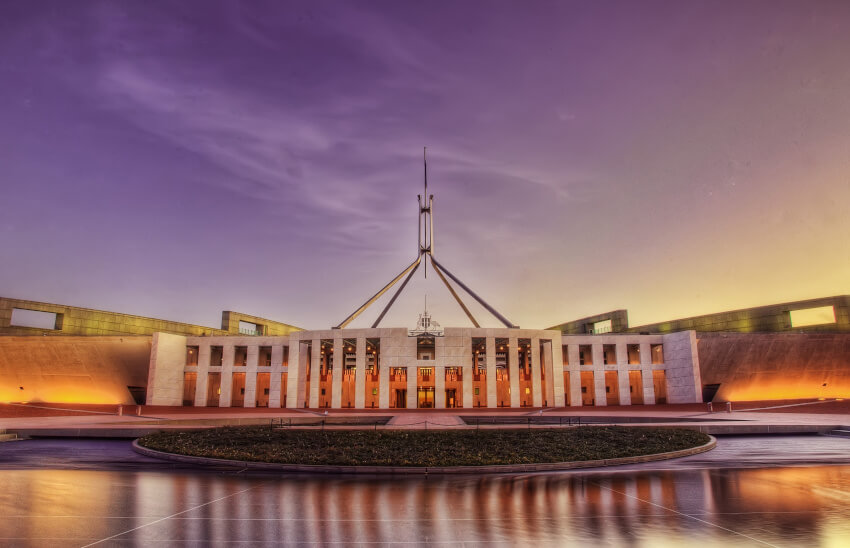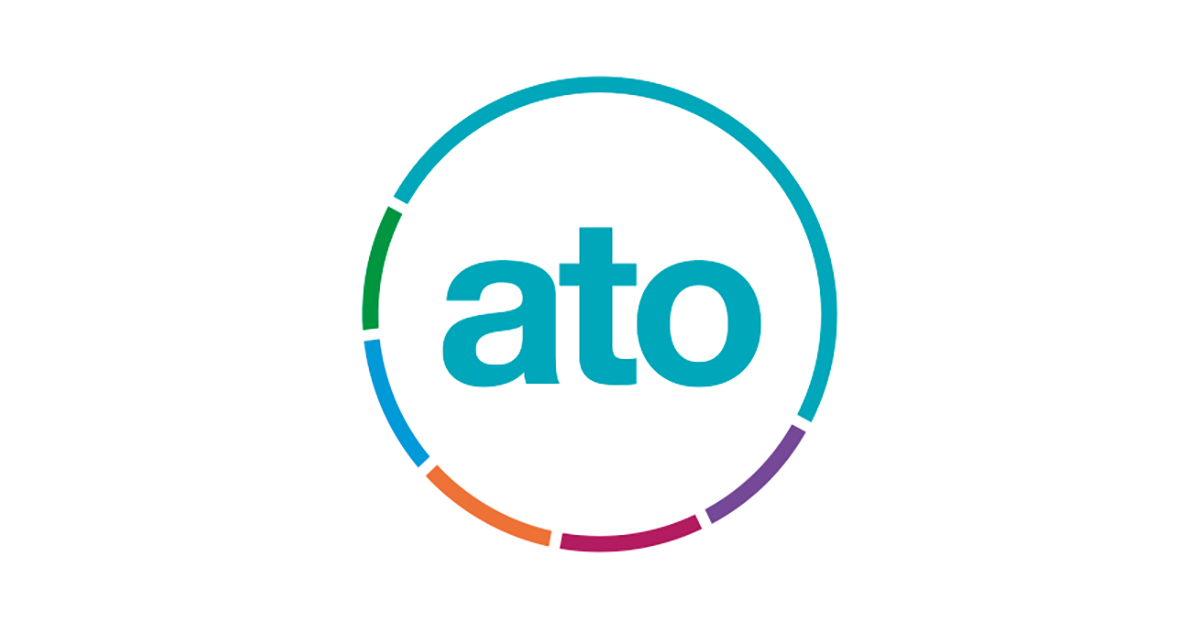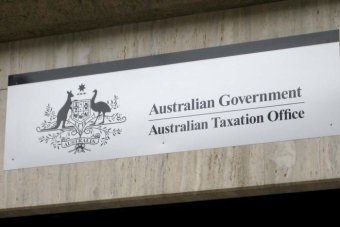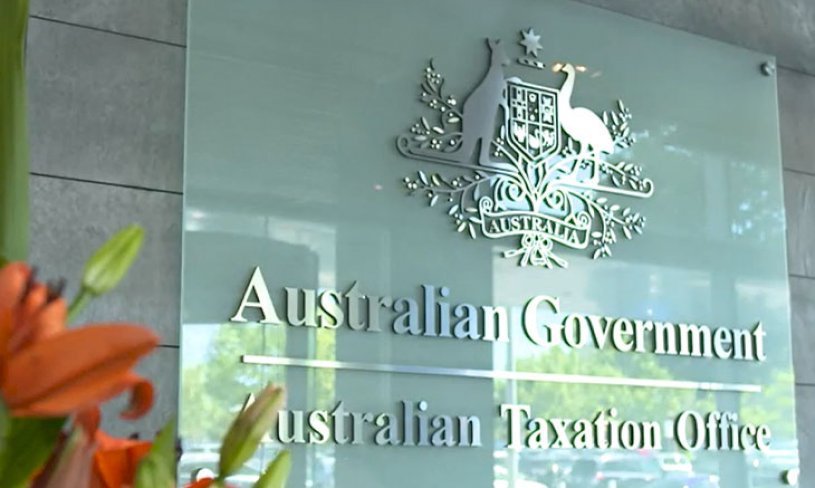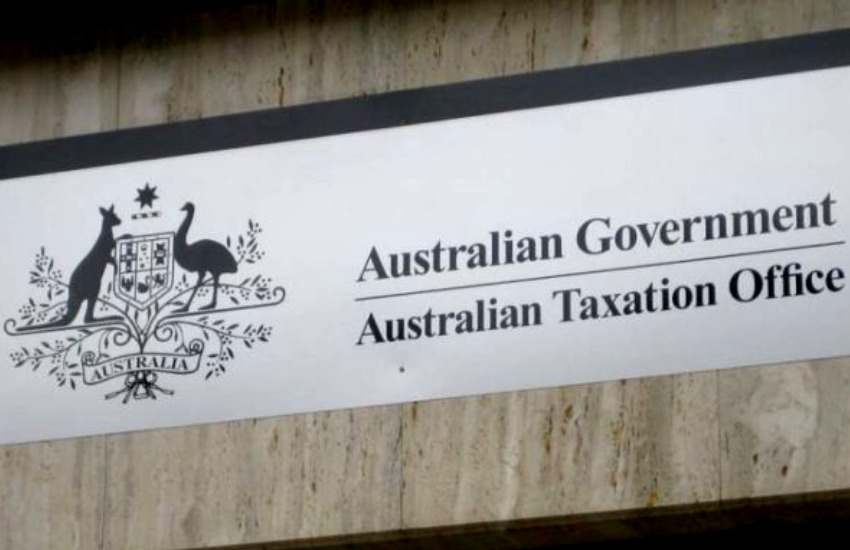A measure from the 2018–19 budget to increase the number of members allowed in an SMSF from four to six has been reintroduced into Parliament, after it was scrapped prior to the election.
Senator Jane Hume has introduced Treasury Laws Amendment (Self-Managed Superannuation Funds) Bill 2020 into the Senate this week, which amends the SIS Act, Corporations Act, ITAA 1997 and Superannuation (Unclaimed Money and Lost Members) Act 1999 to increase the maximum number of allowable members in SMSFs from four to six.
The amendments will apply from the start of the first quarter that commences after the act receives royal assent.
The Coalition government first announced plans to extend the SMSF member limit in the lead-up to the 2018–19 federal budget.
Former Minister for Revenue and Financial Services Kelly O’Dwyer said the change would increase choice and flexibility for members.
The measure was previously introduced into Parliament as part of the Treasury Laws Amendment (2019 Measures No. 1) Bill 2019. However, with Labor opposed to the measure, the Liberal Party agreed to remove the amendment to increase the SMSF member limit in order to pass the other measures contained within the same bill.
The measure to increase the SMSF member limit has previously had mixed opinions, with some experts flagging the potential risks that additional members pose in terms of disputes between members and estate planning.
Other SMSF specialists have pointed out that increasing the number of members in an SMSF could raise the risk of members falling victim to elder abuse.
Other commentators in the SMSF industry have supported the measure as it provides larger families with the option of bringing their children into their fund.
Source: SMSF Adviser

